Table of Contents
Embarking on a culinary journey through South Sudan reveals a captivating tapestry of flavors and cultural heritage. The food from South Sudan, influenced by African, Arabic, and East African traditions, offers a delightful fusion of tastes. From beloved traditional dishes to tantalizing street cuisine, South Sudanese food is a treasure trove of mouthwatering delights that showcase the richness of its food culture. Let’s dive into this diverse and vibrant world of the food culture of South Sudan.
Top Ingredients of the Food of South Sudan
In South Sudanese cuisine, a rich blend of flavors is achieved by skillfully combining various ingredients. Here’s a list of the most frequently used ingredients that form the foundation of South Sudanese culinary traditions:
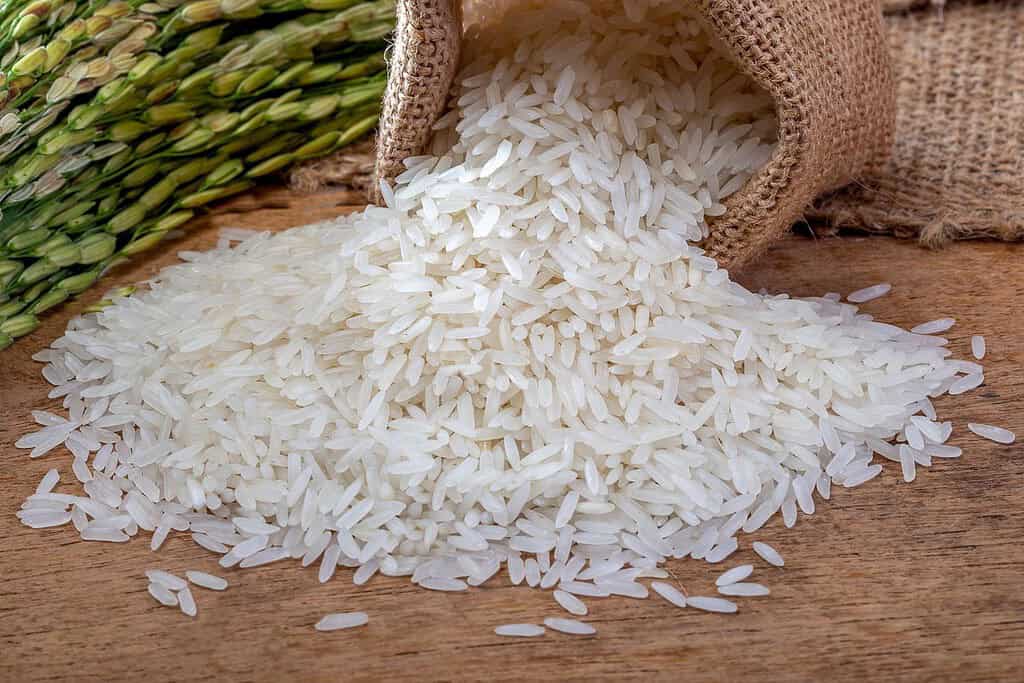
Sorghum: A dietary staple in South Sudan, sorghum is often used to make dishes like Kisra (sorghum flatbread) and Asida (a porridge-like dish).
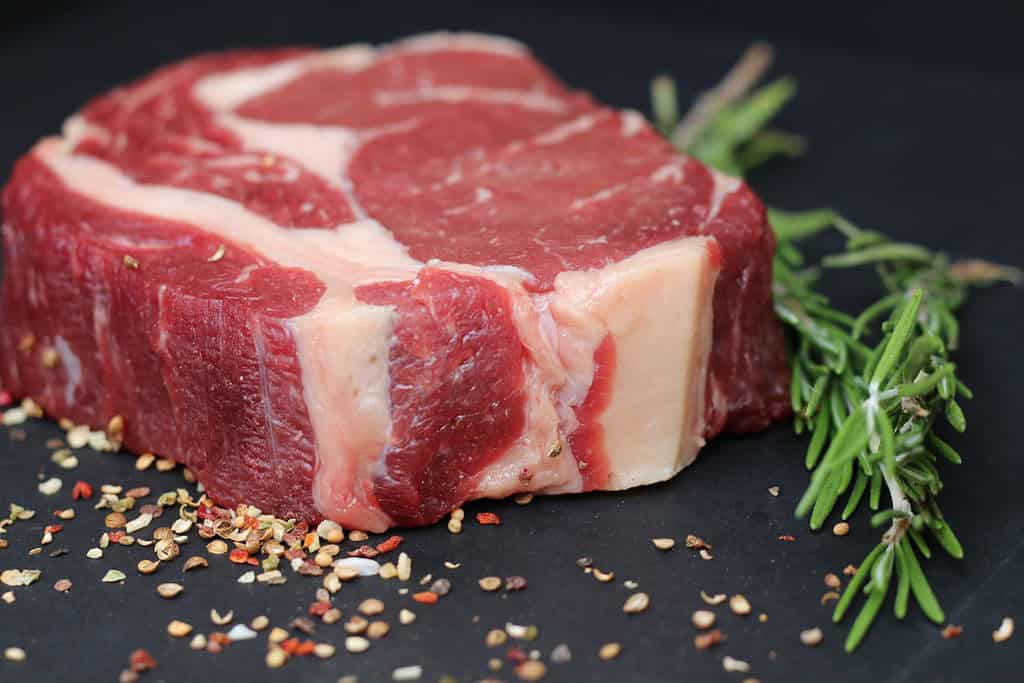
Beef: Beef is the predominant meat in South Sudan and is a crucial element in traditional recipes such as Shaiyah (beef stew) and Malakwang (beef and collard greens stew).
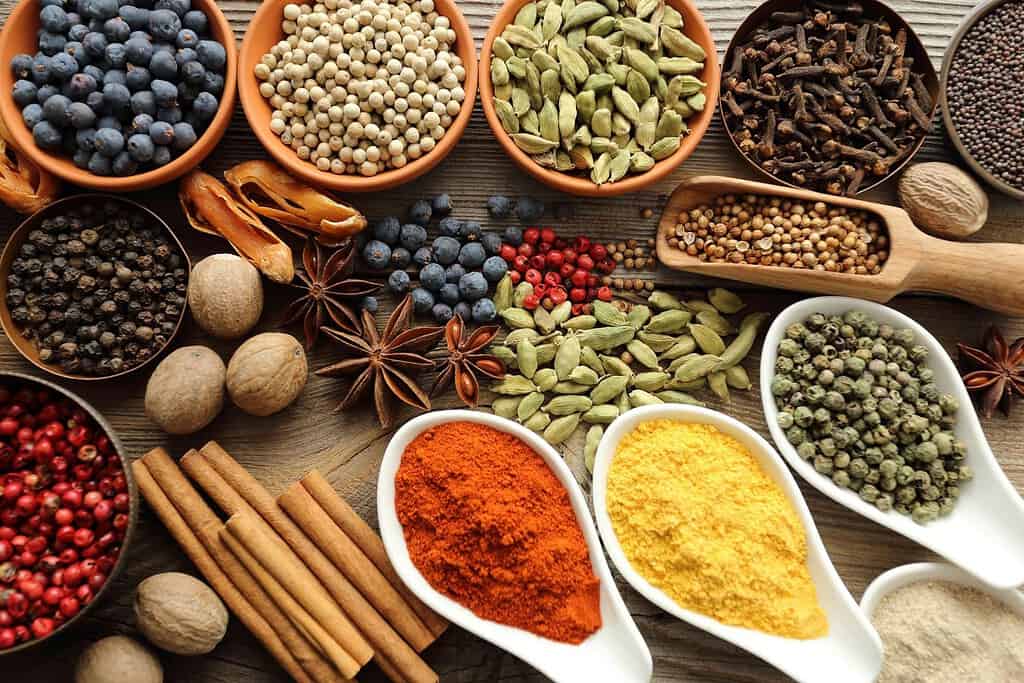
Spices: South Sudanese cuisine features an array of spices, including ginger, garlic, turmeric, and pepper, which infuse depth and zest into their dishes.
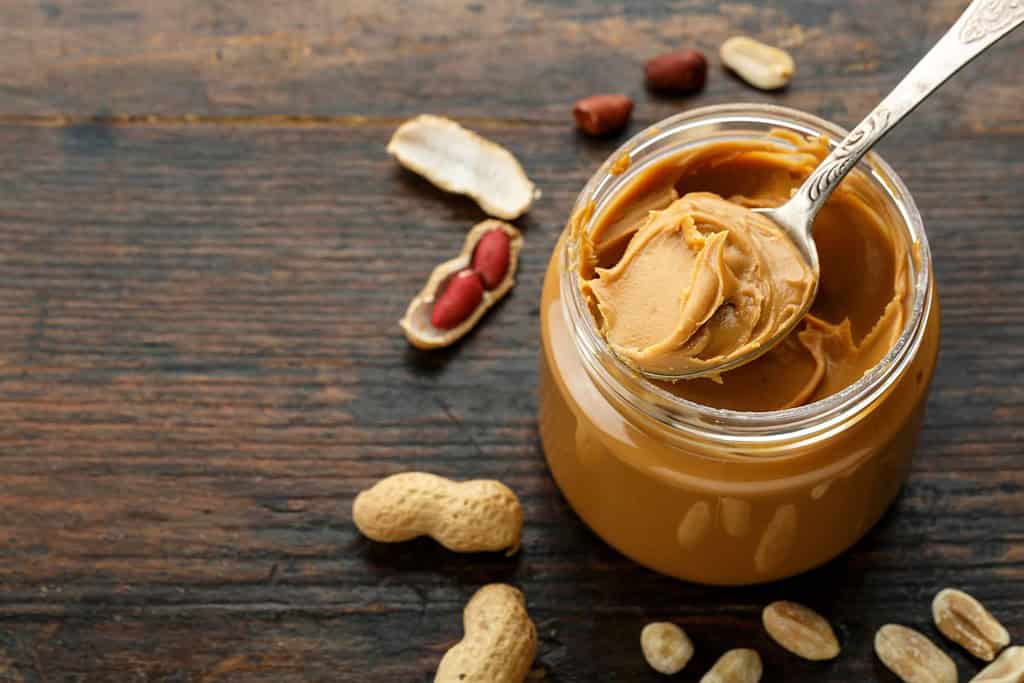
Peanut Butter: Peanut butter is a fundamental ingredient in South Sudanese cooking, used to thicken and flavor dishes like Groundnut Stew.
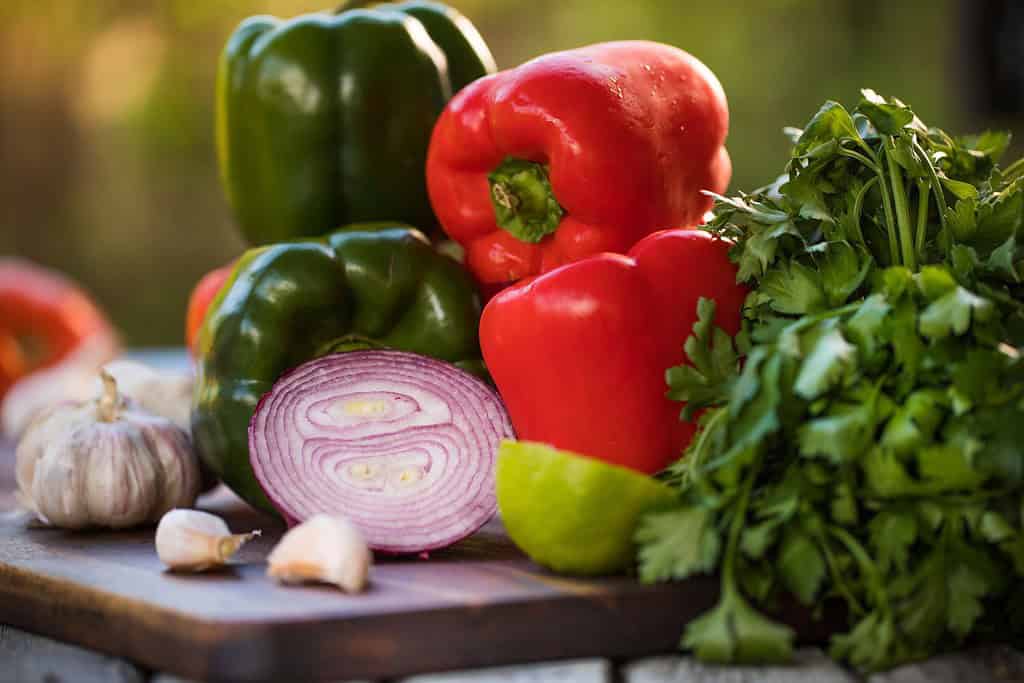
Onions and Peppers: Onions and peppers serve as the base for many South Sudanese dishes, lending a savory foundation for flavor development.
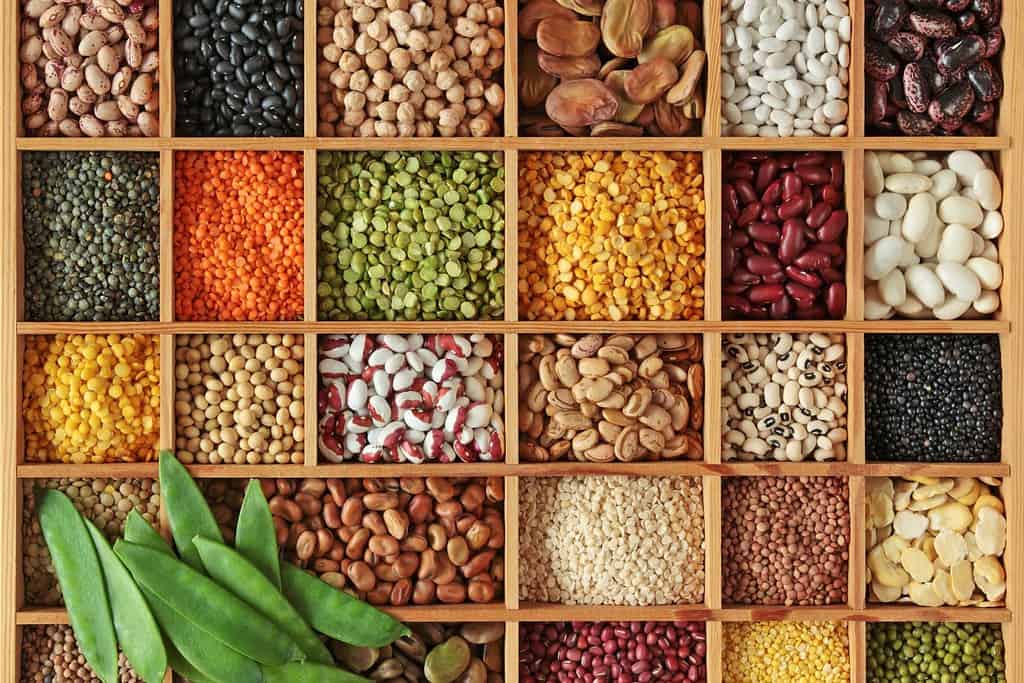
Legumes: Legumes such as cowpeas, lentils, and pigeon peas are widely used in South Sudanese cuisine, often featured in soups and stews.
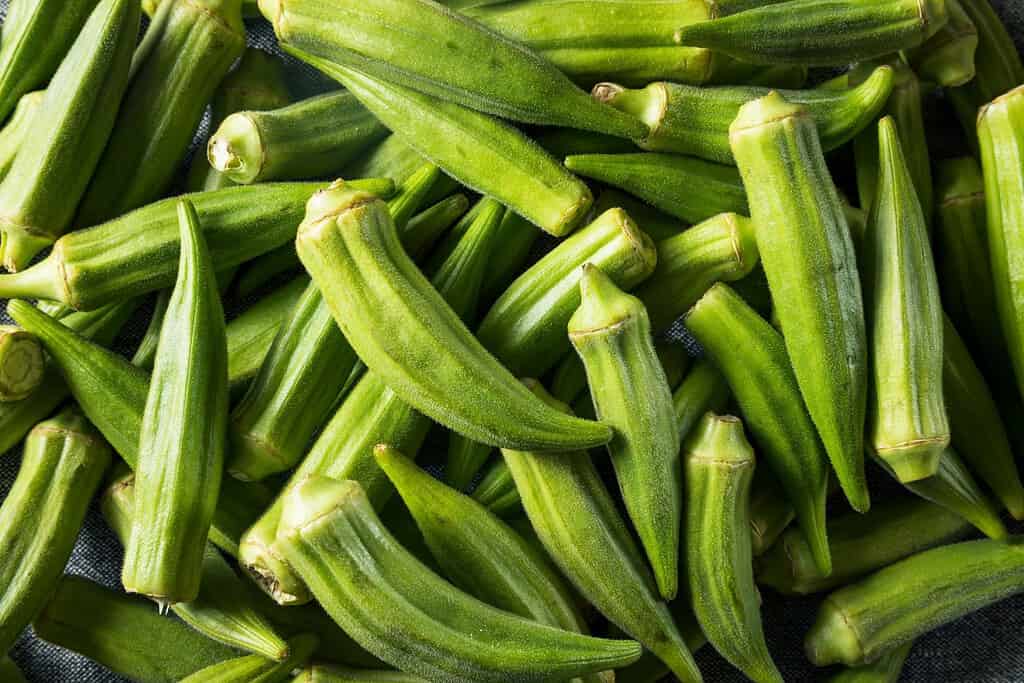
Okra: Okra is a popular vegetable in South Sudan and is used in dishes like Bamia (okra stew) to provide a unique texture and flavor.
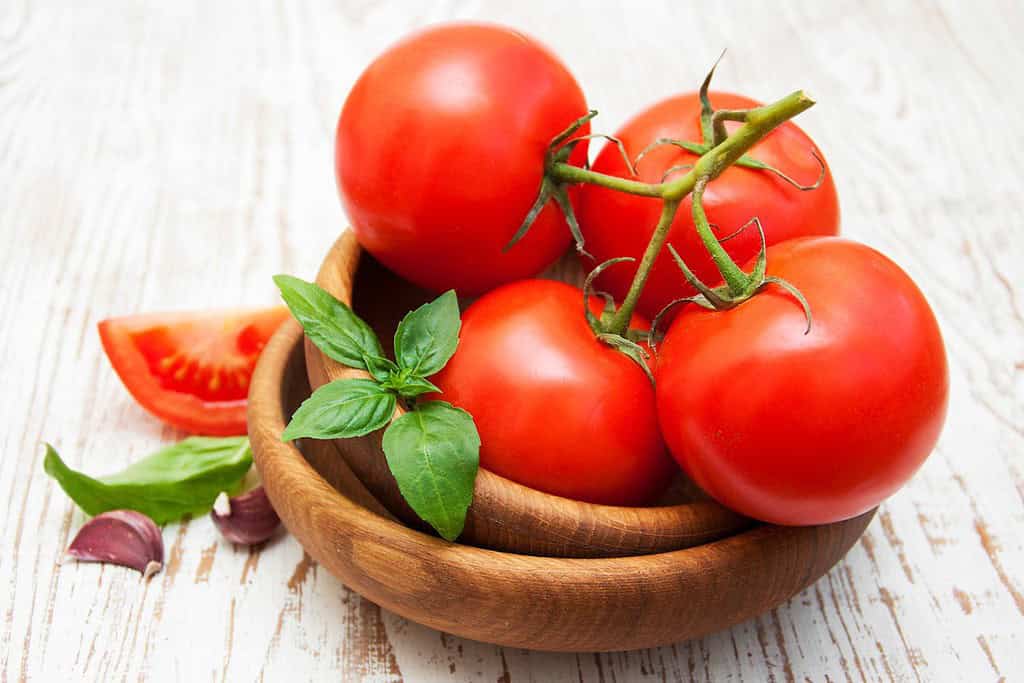
Tomatoes: Tomatoes are a common ingredient, adding acidity and depth to various stews, sauces, and salads in South Sudanese cuisine.
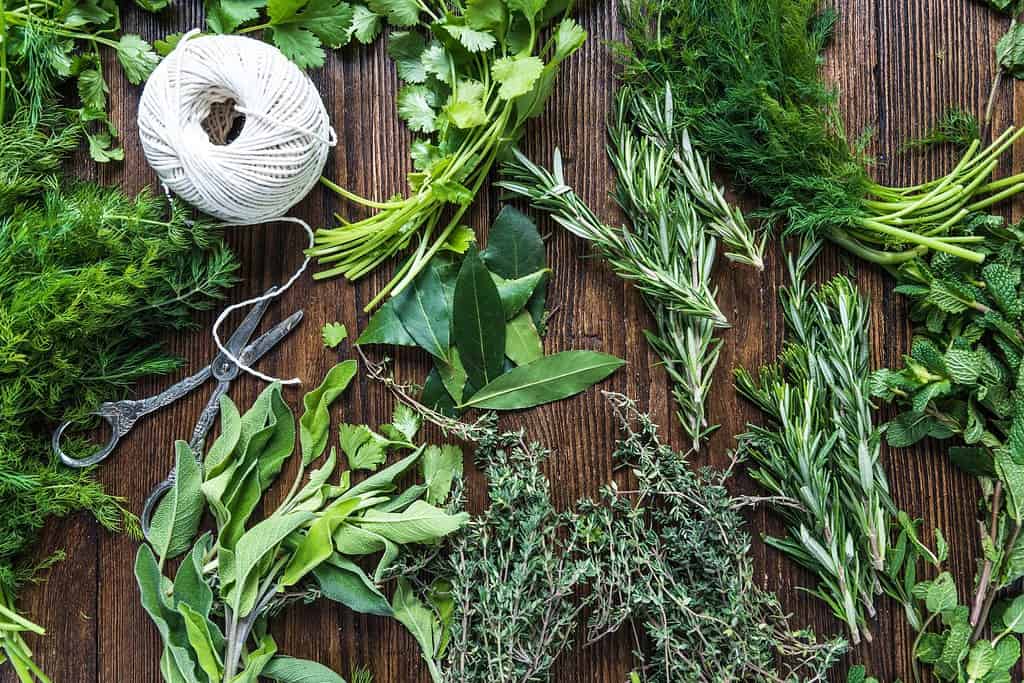
Fresh Herbs: Herbs like cilantro, parsley, and lemongrass are frequently used to enhance the aroma and taste of South Sudanese dishes.
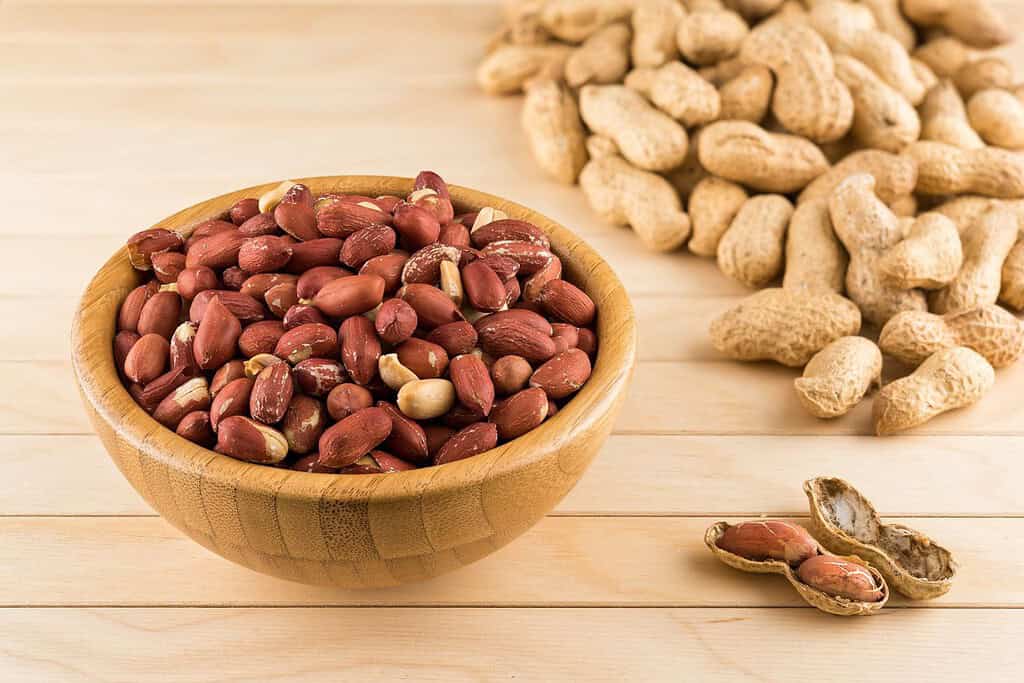
Groundnuts (Peanuts): Groundnuts are commonly used as a garnish and flavor enhancer in South Sudanese cuisine, sprinkled over dishes to add crunch and richness.
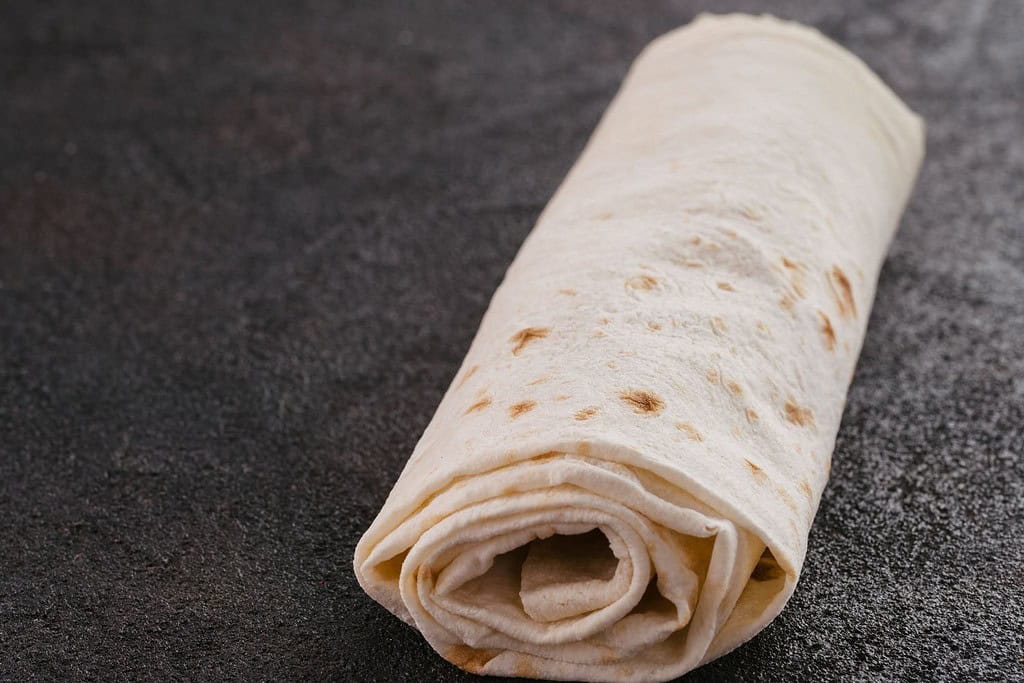
Sudanese Flatbread (Kisra): Bread is an integral part of South Sudanese meals, and Kisra, a type of sorghum flatbread, is a staple often enjoyed with various stews and sauces.
These ingredients, in combination with regional herbs, spices, and other locally sourced produce, contribute to the diverse and enticing flavors found in South Sudanese cuisine.
The variety of food from South Sudanese cuisine
South Sudan’s cuisine boasts a captivating variety of flavors and dishes that reflect the nation’s rich history and cultural diversity. Influenced by neighboring African and East African culinary traditions, South Sudanese food offers a unique blend of ingredients and techniques. One of the most renowned dishes is Jollof Rice, a flavorful combination of long-grain rice cooked with tender chicken or beef, aromatic spices, and colorful vegetables. This dish epitomizes South Sudanese hospitality and is often served at celebratory events. Another beloved South Sudanese specialty is Kebabs, skewered and grilled meats seasoned with a delightful blend of spices.
The heartiness of South Sudanese cuisine is exemplified in its hearty stews, prepared with various meats like goat, fish, or chicken, and an assortment of vegetables and spices, often accompanied by ugali (a maize porridge) or injera (a sourdough flatbread). For a vegetarian option, Okra Soup stands out, featuring okra cooked with tomatoes, onions, and spices, served with rice or a staple grain like millet or sorghum. Another popular choice is Mandazi, a sweet fried bread, perfect for satisfying a sweet tooth.
Satisfying dessert cravings, South Sudanese cuisine presents delightful treats like Kunafa, a sweet pastry made with layers of shredded phyllo dough, cheese, and syrup, commonly enjoyed during special occasions. The diversity of South Sudanese food is further exhibited in its regional specialties, with each area showcasing distinct recipes and culinary techniques. Whether indulging in the succulent flavors of Kebabs or relishing the comforting taste of Jollof Rice, exploring the variety of South Sudanese cuisine is an adventure in cultural richness and gastronomic pleasure.
While visiting beautiful South Sudan, you can try all of the best recipes from the region. We have available a wide range of Tours in South Sudan that you can choose to explore the country’s culinary delights.
Best foods in South Sudan
South Sudan’s best foods offer a delightful array of dishes that tantalize the taste buds with their rich flavors and cultural significance. While it’s challenging to single out a definitive list of the “best” foods, some dishes stand out as particularly beloved and iconic in South Sudanese cuisine.
South Sudanese cuisine is known for its creative use of spices, such as cumin, coriander, cardamom, turmeric, cloves, cinnamon, ginger, garlic, chilies, saffron, black pepper, and dried mint for its rich and flavorful dishes. The result is a harmonious blend of aromatic spices and vibrant herbs that make South Sudanese food truly exceptional.
Most famous South Sudanese foods
Here are the top most famous foods in South Sudan that have garnered recognition both locally and internationally:
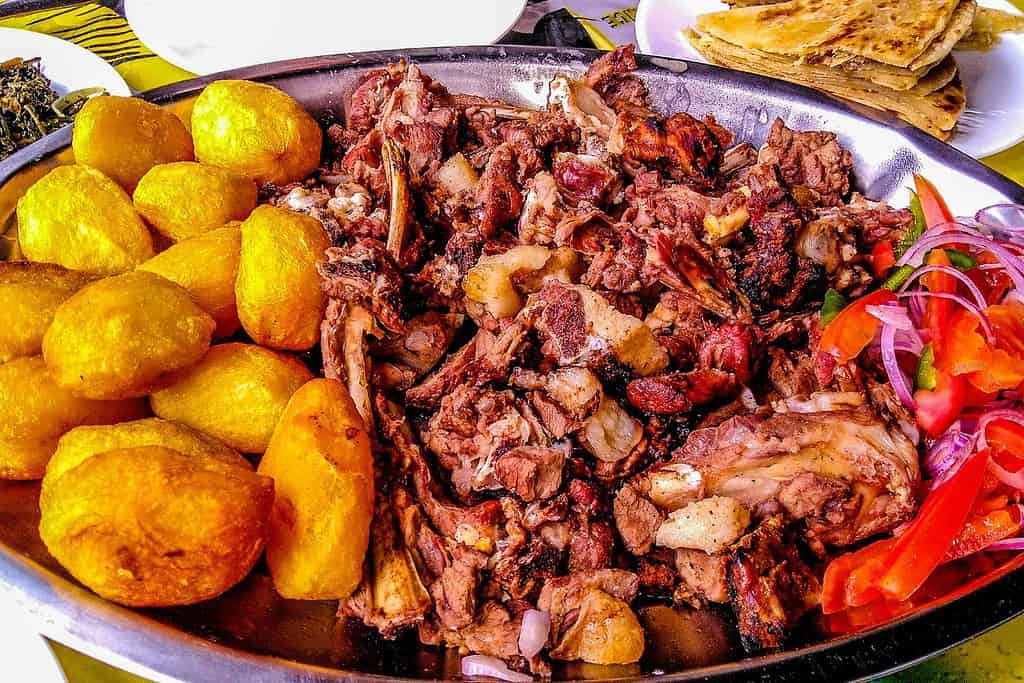
Nyama Choma: A beloved South Sudanese dish, Nyama Choma consists of grilled meat, often goat or beef, marinated in a mixture of spices and roasted over an open flame. It is a popular street food and a favorite at gatherings and celebrations.

Kisra: Kisra is a type of thin, fermented flatbread made from sorghum or millet flour. It is a fundamental component of many South Sudanese meals and is often served with various stews and sauces.
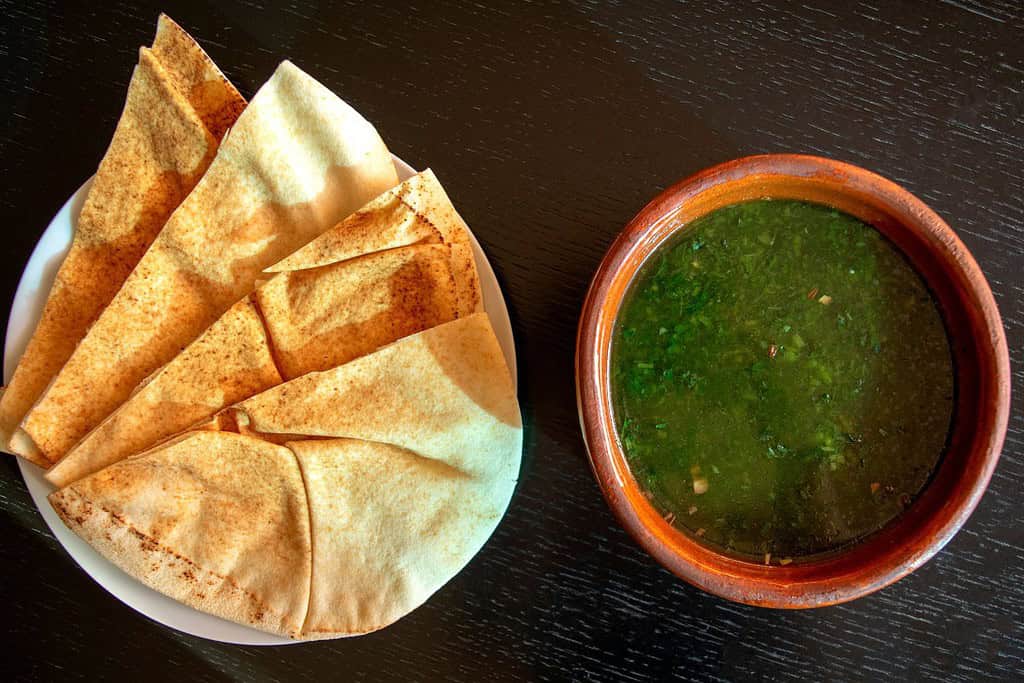
Mulukhiyah: This leafy green vegetable is the key ingredient in Mulukhiyah stew, a flavorful South Sudanese dish. It is prepared with meat, such as chicken or fish, and a blend of spices, creating a hearty and aromatic meal often accompanied by rice or bread.

Bamia: Bamia, also known as okra stew, is a vegetable-based dish prepared with okra pods, tomatoes, onions, and various spices. It is often cooked with meat, such as lamb or goat, and served with rice or bread.
These renowned South Sudanese dishes reflect the culinary diversity of the nation and hold a special place in the hearts of the local population, while also intriguing food enthusiasts from around the world.
South Sudanese Desserts
South Sudanese desserts offer a delightful conclusion to a satisfying meal, showcasing a blend of sweet flavors and delicate textures. These desserts are deeply rooted in South Sudanese culture and are often enjoyed during celebrations, festivals, and special occasions. Some popular South Sudanese desserts include:
Ajep: Ajep is a beloved dessert in South Sudan, often enjoyed during traditional ceremonies and gatherings. It’s a sweet porridge made from millet, sorghum, or maize flour, cooked with milk and sugar. The result is a comforting and creamy dish with a hint of sweetness.
Kavera: Kavera is a South Sudanese take on sweet pancakes. These pancakes are made with a mixture of wheat or sorghum flour, water, and sugar. They are cooked until golden brown and served warm, often with a drizzle of honey or a sprinkle of sugar for added sweetness.
Atarwek: Atarwek is a popular South Sudanese dessert made from groundnuts (peanuts) and sugar. The groundnuts are roasted and then ground into a fine powder, which is mixed with sugar to create a sweet and nutty treat. It’s a simple yet satisfying dessert.
Akeru: Akeru is a traditional South Sudanese rice pudding. It is made with rice, milk, sugar, and a touch of cardamom for flavor. Akeru is cooked until the rice is soft and the pudding has a creamy consistency. It’s often garnished with chopped nuts or raisins for added texture and flavor.
Honeyed Fritters: In South Sudan, honeyed fritters are a popular dessert choice. Small doughnut-like fritters are deep-fried until they become golden and crispy. After frying, they are coated in honey, giving them a sweet and sticky glaze. These fritters are enjoyed as a sweet treat during various celebrations.
South Sudanese desserts offer a glimpse into the country’s rich culinary traditions, providing a sweet ending to meals and celebrations.
The Culture behind South Sudanese Food
The culture behind South Sudanese food is deeply rooted in tradition, hospitality, and community. South Sudanese cuisine reflects the country’s rich history and diverse cultural influences, blending elements from various African and East African culinary traditions. Food holds significant cultural importance in South Sudan and plays a central role in social gatherings, family events, and religious celebrations.
Hospitality is a cornerstone of South Sudanese culture, and sharing food with guests is a deeply ingrained tradition. When visitors arrive at a South Sudanese home, they are warmly welcomed with an array of delicious dishes, reflecting the host’s generosity and desire to make their guests feel at home. Meals are often communal affairs, with everyone seated around a shared plate, emphasizing the importance of togetherness and solidarity in South Sudanese culture.
Juba, Wau, and Malakal
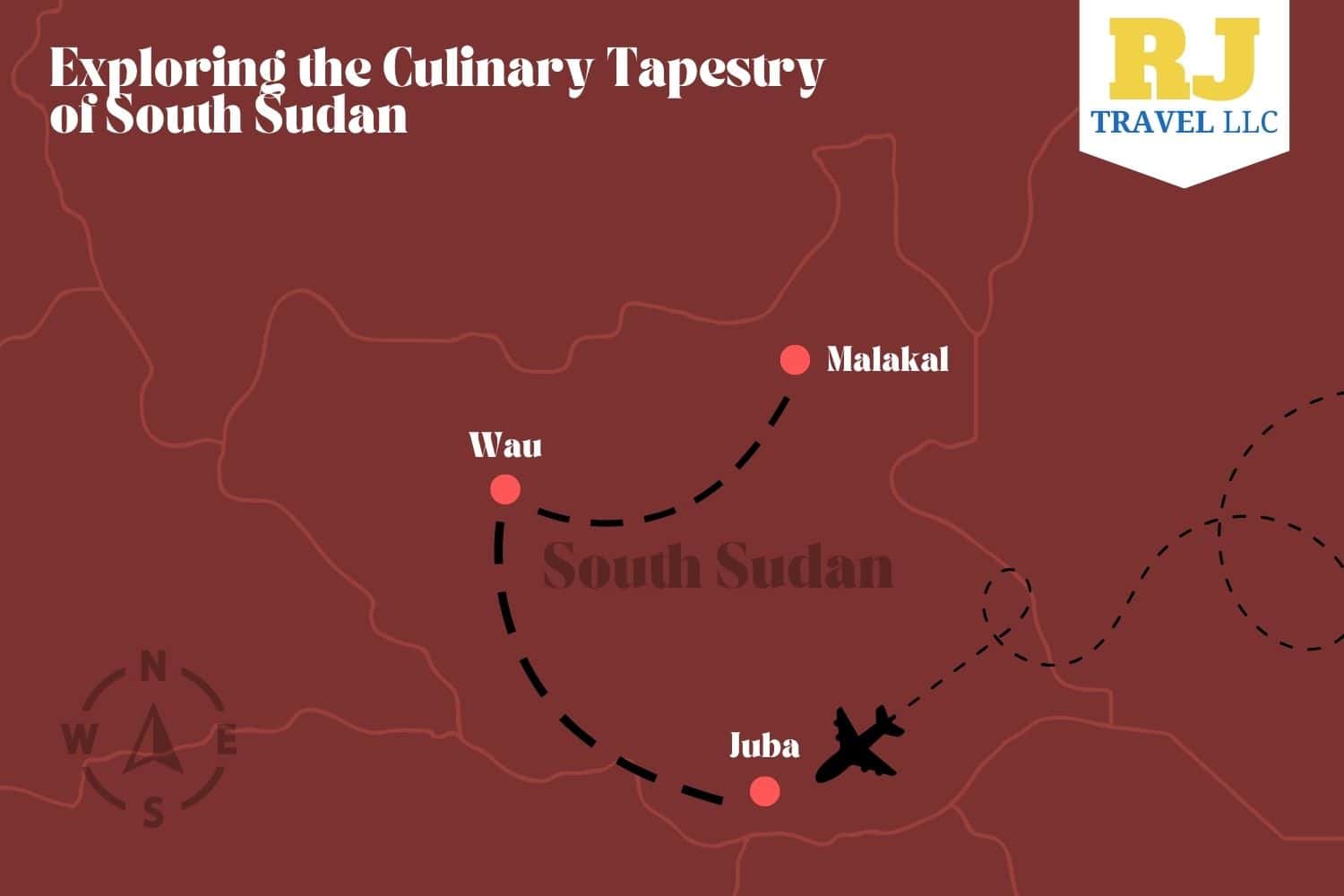
Embark on a culinary journey through Juba, Wau, and Malakal, and immerse yourself in the captivating flavors that have been crafted and cherished for generations in South Sudan. Let the traditional foods of each city paint a flavorful picture of South Sudan’s culinary tapestry, inviting you to savor the unique delights of these remarkable regions.
Within the enchanting world of South Sudanese cuisine, each region brings its own distinct flavors and culinary traditions. Let’s explore the culinary diversity of Juba, Wau, and Malakal, and discover the delightful differences in their traditional foods.
The differences in dishes from each South Sudanese city can be attributed to a combination of factors, including geography, historical influences, and the majority ethnic group residing in each region. South Sudan’s diverse landscape, including savannas, swamps, and fertile lands, has influenced the availability of certain ingredients and agricultural practices in different regions. This, in turn, has contributed to variations in the types of dishes that have evolved in each city.
Juba’s Juba Stew features a rich and hearty blend of locally sourced meats, vegetables, and aromatic spices, showcasing the warm hospitality of South Sudan. Wau’s Wau-Style Groundnut Soup offers a unique twist, combining groundnuts (peanuts) with vegetables and meat, creating a creamy and nutty flavor profile. Malakal’s Nile Perch with Okra presents a seafood delicacy, where fresh Nile perch is cooked with okra and spices for a delightful taste experience.
For example, in Juba, being the capital and a diverse cultural hub, the culinary scene is influenced by a mix of traditions from various regions and ethnic groups. Wau, situated in the western part of the country, is known for its fertile lands and agricultural abundance, leading to dishes like Wau-Style Groundnut Soup. In Malakal, the proximity to the Nile River and its resources has influenced the cuisine, resulting in unique dishes like Nile Perch with Okra.
Comparing the three cities, Juba offers a diverse range of dishes influenced by its cosmopolitan nature, Wau showcases hearty and nutty groundnut-based preparations, and Malakal tantalizes with fresh Nile perch and okra combinations. Each city showcases its own culinary identity, adding depth to the multifaceted and rich tapestry of South Sudanese cuisine.
Juba

Starting our culinary journey in Juba, the capital city of South Sudan, we are welcomed by a vibrant food scene that reflects the country’s diverse cultural influences. The city offers a fusion of traditional South Sudanese dishes and international flavors. As we explore the local markets and street food vendors, the aroma of freshly baked bread and sizzling meats fills the air. Juba’s food culture is a melting pot of tastes, featuring a wide variety of dishes to satisfy every palate.
Famous food from Juba
- Juba Stew: A hearty stew made with a mix of locally sourced meats, vegetables, and aromatic spices, showcasing South Sudanese warmth and hospitality.
- Kisra: A staple flatbread made from sorghum or millet, often served with a range of accompaniments.
- Groundnut Sauce: A flavorful sauce made with groundnuts (peanuts), vegetables, and spices, served with meat or vegetables.
- Bamia: A savory okra stew prepared with tomatoes, onions, and a medley of spices.
- Ful Medames: A popular breakfast dish made from mashed fava beans, seasoned with herbs, and served with bread.
- Asida: A porridge-like dish made from sorghum or millet flour, typically served with a savory sauce or stew.
- Agashe: Deep-fried dough balls, a delightful street food snack enjoyed with various dips.
Wau
Continuing our journey to Wau, a city renowned for its rich culinary traditions, we find ourselves immersed in the flavors of traditional South Sudanese cuisine with a focus on hearty meat dishes and aromatic grain-based preparations. Wau’s cuisine embraces bold flavors and locally sourced ingredients, making it a distinct gastronomic experience.
Famous food from Wau
- Wau-Style Groundnut Soup: A creamy and nutty soup made with groundnuts, vegetables, and meat, creating a unique flavor profile.
- Togali: A type of millet porridge, often served as a staple alongside a variety of dishes.
- Molokhia: A leafy green vegetable stew, prepared with meat or fish and seasoned with spices, creating a comforting and flavorful dish.
- Lupia: Fried fish seasoned with spices, a popular dish enjoyed with rice or bread.
- Kajo: A fermented sorghum porridge, providing a tangy and wholesome breakfast option.
Malakal
Our culinary journey concludes in Malakal, a city steeped in history and known for its robust and flavorful dishes. Malakal’s cuisine is characterized by its bold use of spices, creating dishes that tantalize the taste buds with a burst of flavors.
Famous food from Malakal
- Malakal Rice with Nile Perch: A sumptuous rice dish prepared with Nile perch fish, often served with a spicy tomato sauce.
- Naan-e-South Sudan: A delicious flatbread, often served as a staple with various dishes.
- Malakal Kebab: Spiced meat skewers, generously seasoned with local spices and grilled to perfection.
- Korma-e-Malakal: A rich meat stew prepared with tomatoes, onions, and a unique blend of spices, offering a savory and aromatic experience.
- Dopiaza: A flavorful meat dish featuring onions cooked in two stages, providing a sweet and tangy taste.
- Sudani Halwa: A sweet and fragrant dessert made with semolina, ghee, sugar, and flavored with cardamom and nuts, perfect for special occasions.
Book Your Trip to South Sudan Today!
Embark on an unforgettable journey and explore the allure of South Sudan through our exclusive tours.
More About South Sudan
[the-post-grid id=”54120″ title=”South Sudan Main page”]
